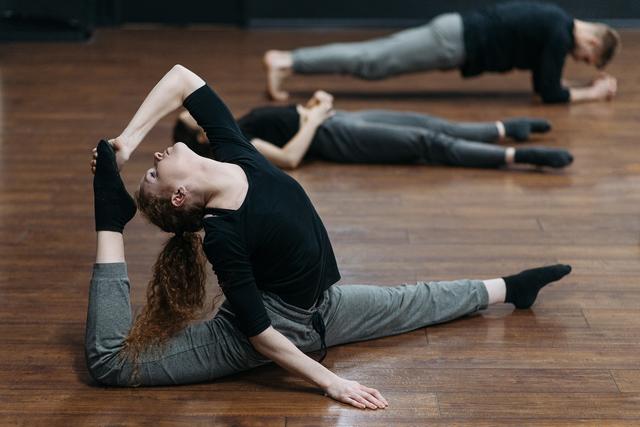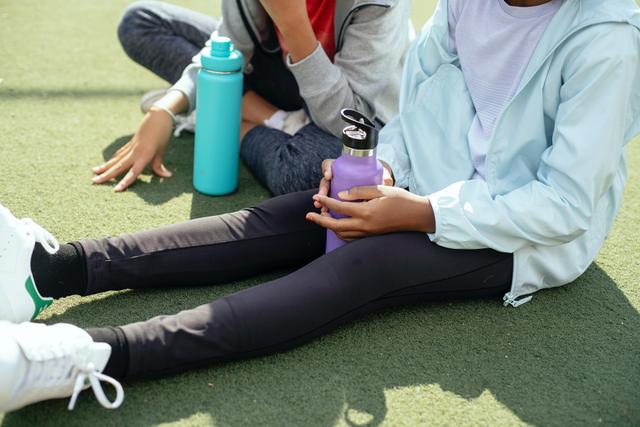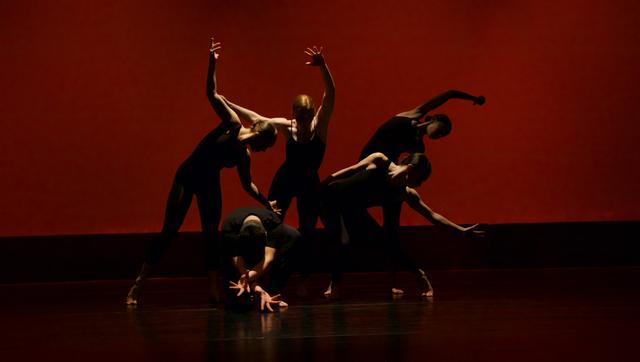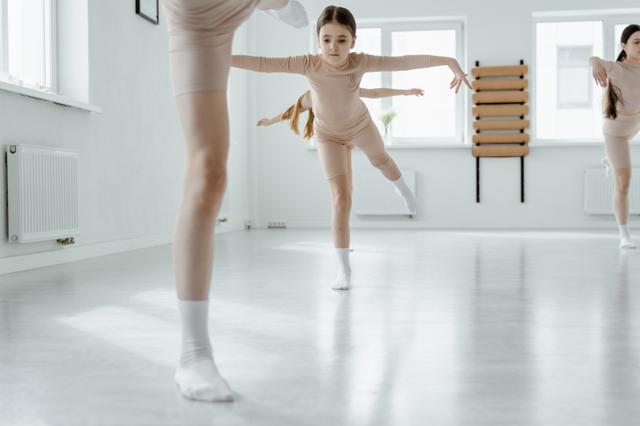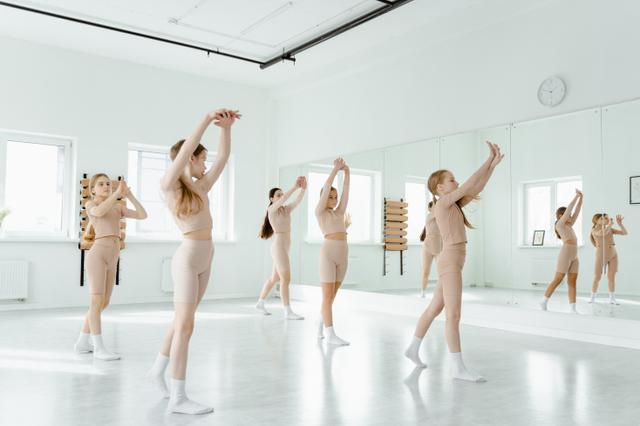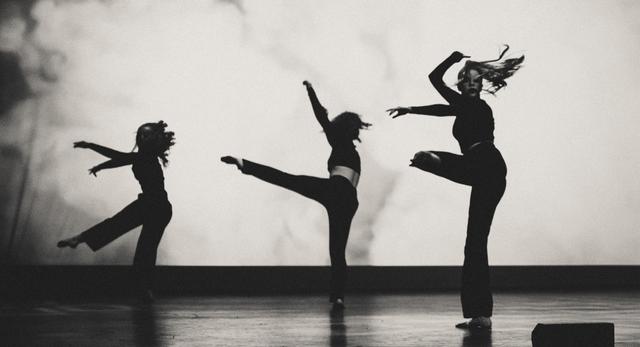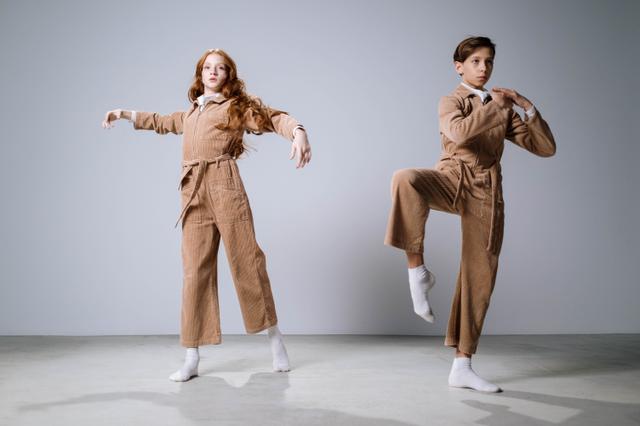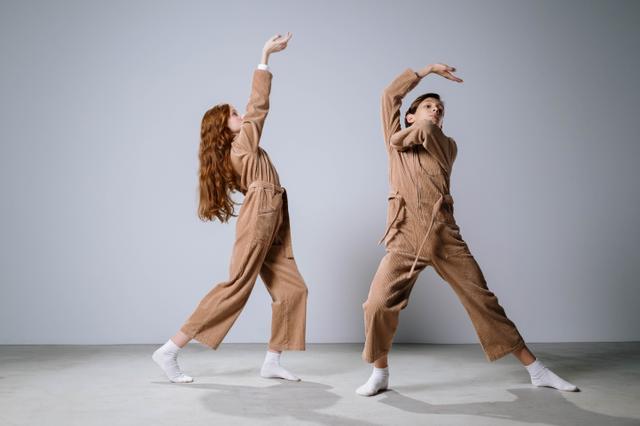Modern Articles
Modern For Kids In The UK
Modern Jive, colloquially known as Modern Dance or simply Modern, has been a vibrant part of the UK's cultural tapestry since its emergence in the late 1940s and early 1950s. This dance style, a dynamic amalgamation of Lindy Hop, Jive, and Swing, resonates with a playful and energetic spirit, making it a delightful experience for participants.
The history of Modern Jive in the UK is as rhythmic and invigorating as the dance itself. Originating from the Swing dance scene of the 1940s and 1950s, Modern Jive evolved as dancers started to infuse traditional moves with innovative rhythms and steps. The dance truly flourished in the 1980s and 1990s, a period marked by the proliferation of dance clubs and events focused on celebrating and refining this entertaining dance form. Today, Modern Jive attracts a diverse audience, capturing the hearts of thousands within the UK and fostering a vibrant, global community of enthusiasts.
This dance does not merely survive; it thrives, propelled by dedicated clubs and societies that keep the foot-tapping excitement alive. Several organisations and informal meet-ups provide enthusiasts, irrespective of their age, the space to learn, practice, and master Modern Jive. These venues often transform into hubs of joy, where the rhythmic beats and swift steps create a magnetic, inclusive atmosphere.
For those looking to dive into the world of Modern Jive, numerous dance schools and community centres across the country offer classes tailored to different skill levels and age groups. The dance's appeal is universal, providing a lively, welcoming environment for new learners and seasoned dancers alike. As a cultural phenomenon, Modern Jive not only preserves its traditional roots but continues to evolve, integrating contemporary influences that ensure its relevance and continuity in today's fast-paced world.
The Benefits of Modern
Participating in Modern Jive presents numerous health benefits for children, fostering holistic development. This lively dance form not only elevates physical fitness by engaging various muscle groups through its dynamic movements like jumping and turning, thus boosting strength, flexibility, and cardiovascular health, but also enhances social skills. Since Modern Jive is a partner dance, children must coordinate and communicate effectively with their peers, which sharpens their social interactions and builds confidence.
Moreover, the cognitive demands of memorising choreography and adapting to rhythmic changes cultivate mental agility and problem-solving abilities. Engaging in Modern Jive aids in cognitive development, crucial during a child's formative years. The emotional aspect of Modern Jive, where children express themselves through movement, contributes positively to emotional well-being, helping to relieve stress and generate joy.
Additionally, the creative aspect of the dance allows children to innovate and personalise their dance style, encouraging creative thinking and expression. Overall, Modern Jive is not just a dance form but a comprehensive activity that supports the physical, social, cognitive, emotional, and creative growth of children, making it an ideal pursuit for youth development.
FAQs
- What physical benefits can kids gain from learning Modern Jive? Answer: Modern Jive offers numerous physical benefits for children, such as improved strength, flexibility, and endurance. The dance’s dynamic moves, which include jumping, twisting, and turning, help enhance physical fitness and coordination, making it an excellent form of exercise for young participants.
- How does participating in Modern Jive influence a child's social skills? Answer: Modern Jive is a partner dance, enhancing children's social interaction as they learn to coordinate and communicate with their dance partners. The inclusive and friendly community around Modern Jive also provides a nurturing environment where kids can grow their confidence and make new friends, positively impacting their social development.
- What cognitive skills are developed through Modern Jive for kids? Answer: Engaging in Modern Jive requires children to use key cognitive skills such as memory, concentration, and spatial awareness. Learning and remembering dance sequences enhances memory and focus, while executing dance moves can improve problem-solving capabilities and overall mental agility.
- Can Modern Jive help with a child’s emotional well-being? Answer: Absolutely. Dancing, especially lively styles like Modern Jive, offers a fantastic emotional outlet, allowing kids to express themselves creatively. It's energising and fun, which can significantly boost their mood, increase their self-esteem, and reduce stress, contributing to their emotional and psychological well-being.
- Are there opportunities for creativity in Modern Jive for children? Answer: Modern Jive encourages creativity amongst young dancers. As they become more proficient in the foundational moves, children are encouraged to add their personal flair and style to their dancing. This aspect of creativity not only makes dancing more enjoyable but also fosters a sense of individuality and self-expression in young dancers.
